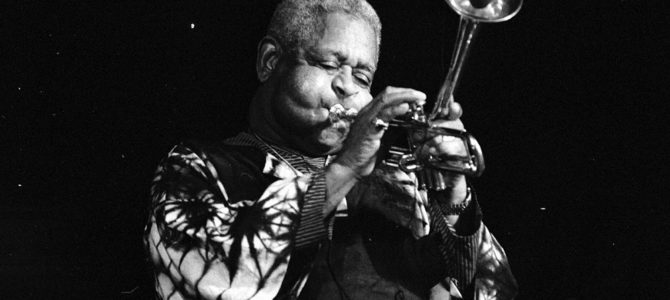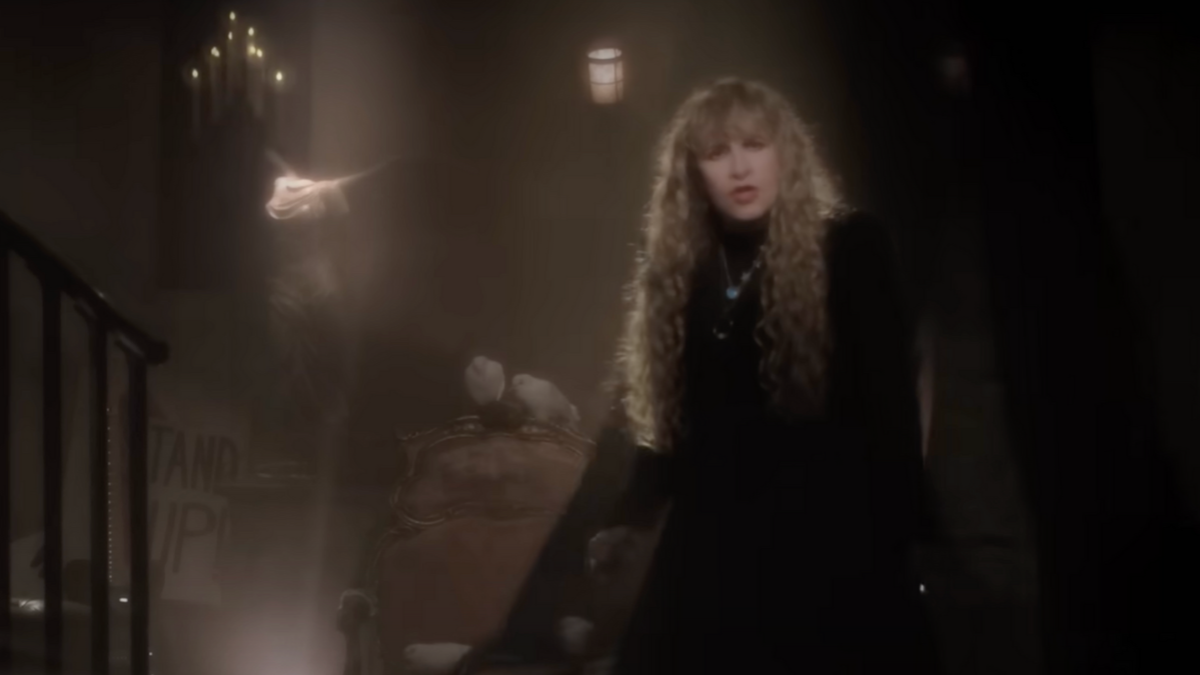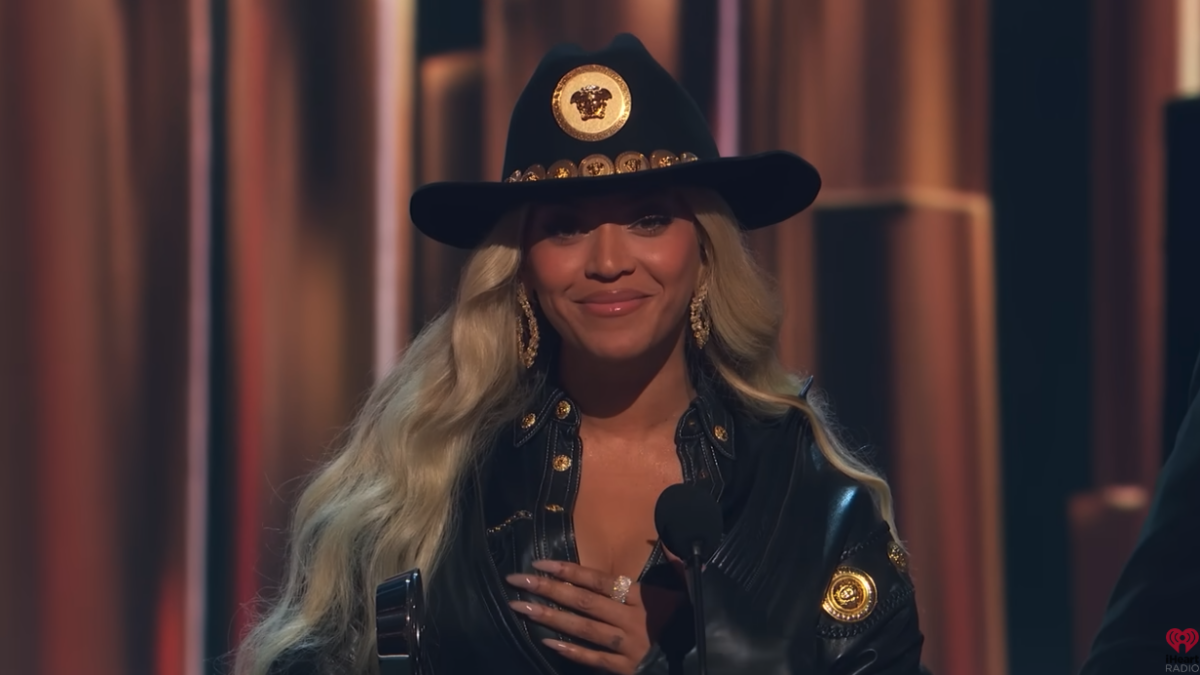
Jim’s Solo
I love music, pretty much every type imaginable—just not jazz. Especially not the kind of jazz that jazz types like. You know, the free-form bebop stuff that always sounds like four guys who get paid by the note playing solos to different songs at the same time. Gibberish.
But I have always harbored the thought I might not be treating the music fairly. So I kept trying jazz and it kept making my brain hurt. I would think, Why can’t they have at least something vaguely resembling a song, or a melody, or a clue somewhere in the cacophony?
Enter David Reaboi, whom I work with, and is a jazz guy. Not just a listener, but a real upright bass-playing artiste who looks like he belongs in a porkpie hat, and often is. I kept asking him “Am I missing something? Am I listening to the wrong stuff?” He tried to help, taking me past the famous stuff like “A Love Supreme” by John Coltrane, which actually made me angry when I listened to it, to some of the more obscure good stuff, but still gibberish.
Then My Friend Saved Me
Then one afternoon we were checking out some recent upgrades to my music room. We’re both wicked audio geeks, and my digital 5.1 surround double sub-woofered System of the Gods is the opposite end of the spectrum from his stereo and vintage vinyl Devil’s Hi-Fi, although we both dig McIntosh Amps, but who doesn’t, right? Anyhow, I had picked up a Blu-ray surround version of the Miles Davis uber-classic “Kind of Blue,” and we were listening to the new mix.
David was walking me through the whos and whats of the recording and band. “Kind of Blue” is about the most counter-gibberish jazz there is. It’s the foremost practitioners of that style, but apparently Miles’ advice as they started laying down the best first-takes ever was, “Hey cats, let’s all try to stay in the room together on this record.” So even Coltrane, who was prone to leaving out the window and doing laps around the ledge of the building during his sax solos, at least stayed nearby.
There is a perfect example of Coltrane being Coltrane in a clip of the Miles Davis Quintet recording in the studio. Miles finishes his solo and, as Coltrane starts up, Miles put his horn down and walks to the back of the studio, lights a cigarette, and starts talking with the record producer. He knew he had at least 10 minutes before Coltrane would even start to wind down.
David explained Coltrane was trying to expand the boundaries of playing. Soon after recording “Kind of Blue” he left Miles to do his own thing, which was too far out for even Miles. Then David said to me, “I think maybe you’re approaching this the wrong way.” He noted jazz pioneers’ goal was not to produce newer and cooler versions of songs that followed normal chord progressions and resolved when you expect them to. It was to make something no one had heard before.
That was something I could wrap my beady little mind around. Previously I would put on a jazz classic then every place my musical muscle memory expected the usual thing to happen, Coltrane would say, “Nah, I’m gonna go over here,” and it threw me off track. It was my expectations that were the problem. I was trying to bend the arc of the musical universe toward me.
A Fresh Way of Listening
It was a revelation for sure, but it didn’t mean that suddenly the million-note mélanges that make up jazz suddenly coalesced into beautiful music for me. But I did figure out how to listen differently. David talked about things like how the piano and bass players would have a side conversation while Coltrane was blowing his entire life experience out of his horn. Okay, I can hear that, and it’s kinda cool. The drummer would sometimes keep the beat by playing everywhere around it but never actually on the beat. Smooth.
One of the coolest things about the System of the Gods is the stunning separation and clarity, so I could do critical listening on the quality of the sound, or simply groove on how good each player was and even the subtle side play. As I found something to like about each track, even the parts I still had no earthly clue about had context.
I will never be a jazz guy, and jazz guys the world over breathe a sigh of relief, but at least I can now listen to it positively. Some of it really does roll pleasantly through my head now, and the rest can be an intellectual exercise in musical comprehension. So, think about taking a fresh listen to something you had previously written off. Maybe there is something to that Norwegian death metal? Probably not, but you know what I mean.
David’s Solo
First of all, I think you’re going to enjoy this, and you’re coming at it with exactly the right attitude. Sure, it’s daunting to think of the hundreds of thousands of jazz records out there without a frame of reference. Nobody was born knowing about any of it, even those lucky enough to grow up in a jazz household (wasn’t me, not by a long-shot).
It took me years of active listening, digging through record shops, reading, and getting furiously angry or totally mystified about certain recordings that were well-regarded by the cognoscenti but left me cold or befuddled on first hearing. But I felt it was worth doing because early on in my jazz listening experience the music shook me so deeply—when I had no idea what was going on—that I felt I didn’t have another choice. Exploring that musical universe has been one of the most rewarding things in my life.
Like most things worth doing, though, jazz takes some work to get into—but it’s not for reasons you might suspect. It’s not a matter of listening to something over and over, torturously, until one day, lightning strikes and there are revelations.
For us early twenty-first-century listeners, jazz takes work for two main reasons: (1) we’re primarily used to listening for the familiar, rather than for new, very different musical variations; and, maybe most importantly, (2) because we grew up on post-Beatles pop music, hip hop, or classic rock, we just don’t have the repertoire in our ears and aural memories that allows us to really understand what’s happening on a typical jazz recording.
Let’s Start With Some History
First, though, some history: In the 1950s, college students and sophisticates were bopping to jazz records. In the ‘30s and ‘40s, it was very common to find that teenagers had favorite players on every instrument. There were passionate fights between those who preferred Lester Young to Coleman Hawkins or Benny Goodman to Artie Shaw.
But at that time, the songs we’d later come to know as belonging to the Great American Songbook were sitting there on the pop charts. You’d even have two or three different recordings of the same song by different singers and orchestras competing for radio play.
This means the kids of that era—many of whom would remain jazz fans until they were in college, reading Playboy for the (copious jazz-related) articles and planning romantic seductions with their new Hi-Fi and long-playing records—felt the jazz repertoire in their bones. Even more casual listeners could hear the chord changes to “Autumn Leaves,” “Body and Soul,” or “Cherokee,” and they were fascinated by the potential variations a truly great jazz player could bring to them.
Unless we grew up with parents who loved the Great American Songbook or played us Frank Sinatra or Ella Fitzgerald records (again, not me), we haven’t fallen in love with those melodies and harmonies; we haven’t really internalized those standards. The first task, then, is to pick a few standards and listen to performances as unadorned and “straight” as possible—importantly, versions with sung lyrics.
I listened to a ton of Sinatra in high school and (don’t laugh) to a lot of Linda Ronstadt’s 1980s albums of standards with Nelson Riddle’s arrangements. If I had to suggest a few standards with which to become intimately familiar, here are a few that come up again and again and again:
- “All the Things You are”
- “Love For Sale”
- “Body and Soul”
- “How High the Moon”
- “Embraceable You”
I’ve got about 90 different recordings of “Body and Soul,” for example, and it’s fascinating to hear what so many great musicians bring to the material. You can really hear them struggle, work out problems, have flashes of brilliance, or simply caress the shape of the melody. Sometimes all three happen over the course of a single recording.
A Quick Tour of My Favorite Recordings
(1) Let’s say the reference performance in this case is Sinatra, as he doesn’t take as many liberties with the melody or harmony. We’ll want to get to really hear and understand the song before we dive into variations, so that when we hear them, we’ll be surprised and (potentially) exhilarated.
https://youtu.be/FDb2AJpmVLI
(2) The King Cole Trio performed a gorgeous instrumental, and Nat reminds us that in addition to his wonderful singing he was one of the great pianists of that or any era.
While we’re listening to Nat King Cole, he also plays piano on Lester Young’s beautiful trio version. The thing to keep in mind here: Lester’s playing on tenor, slow as molasses, and behind the beat.
(3) Maybe the most classic version belongs to Louis Armstrong, who largely established the aesthetic pattern for all subsequent jazz versions by singing behind the beat, on the beat, and then just slightly ahead of it, careening around the melody in the most individual and vital of ways.
(4) Sarah Vaughn’s audacious changes to the song’s melody owe a great debt to the bebop pioneers who extended the harmonic language of jazz. The more familiar you are with the song, the greater the rewards when hearing her version.
(5) A favorite record of mine, even if it’s not as famous as many other versions not featured here, is young bebopper James Moody’s recording with a pickup band in Sweden in 1949. His liberties with the melody are always jaw-droppingly gorgeous.
(6) Coltrane took the chord structure of “Body and Soul” and replaced it with really evocative reharmonizations, especially the A-flat pedal in the first section. He made the song absolutely, perfectly Coltrane.
There are so many more, each more interesting than the last!
We can jump-start this process by listening to jazz recordings based on the blues, a harmonic framework most of us have in our ears already. Even without a brief music theory lesson, we can sense the tonic, the IV and V chords, and the familiar 12-bar scheme.
Maybe some of us have already tried to improvise singing over a blues chord progression, and have an idea of the musical environment. For a quick refresher course, look up Muddy Waters’ absolutely epic and gorgeously-recorded mid-‘60s album “Folk Singer” and try to internalize the form.
https://youtu.be/phzpf3z9_Tk
Once you’ve got that in your ears, listening to a great jazz improviser expand on the harmonic language of the blues—while still remaining within the constraints of the general form—is a total revelation. Especially after trying to improvise a few melodies yourself, it’s hard not to be knocked out by the musical imagination players like Young or Coltrane bring to the table.
Happy listening!









